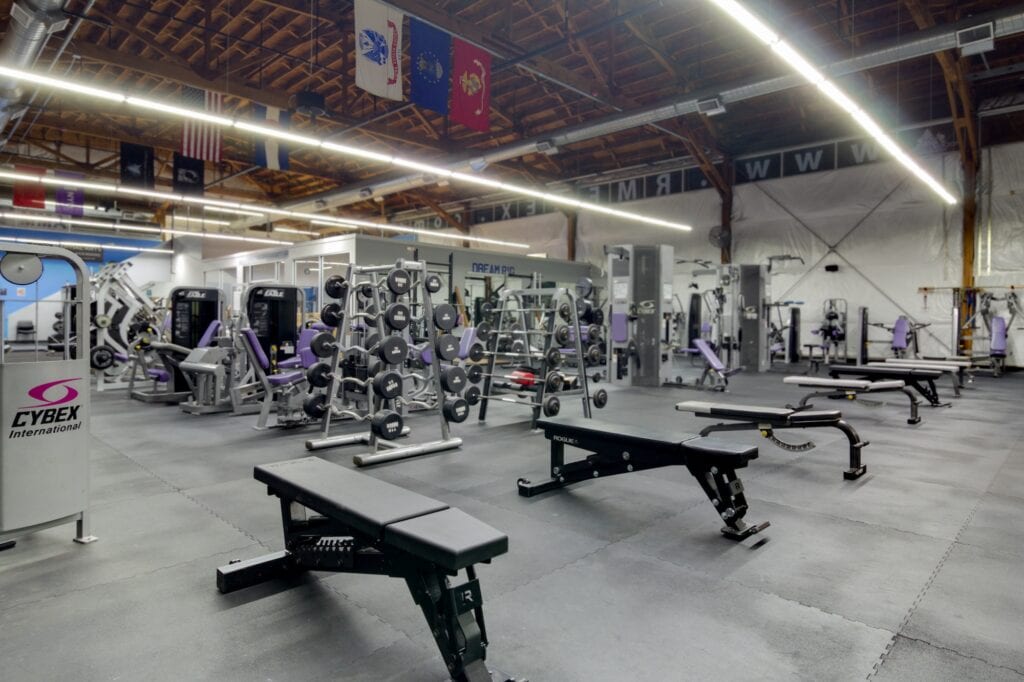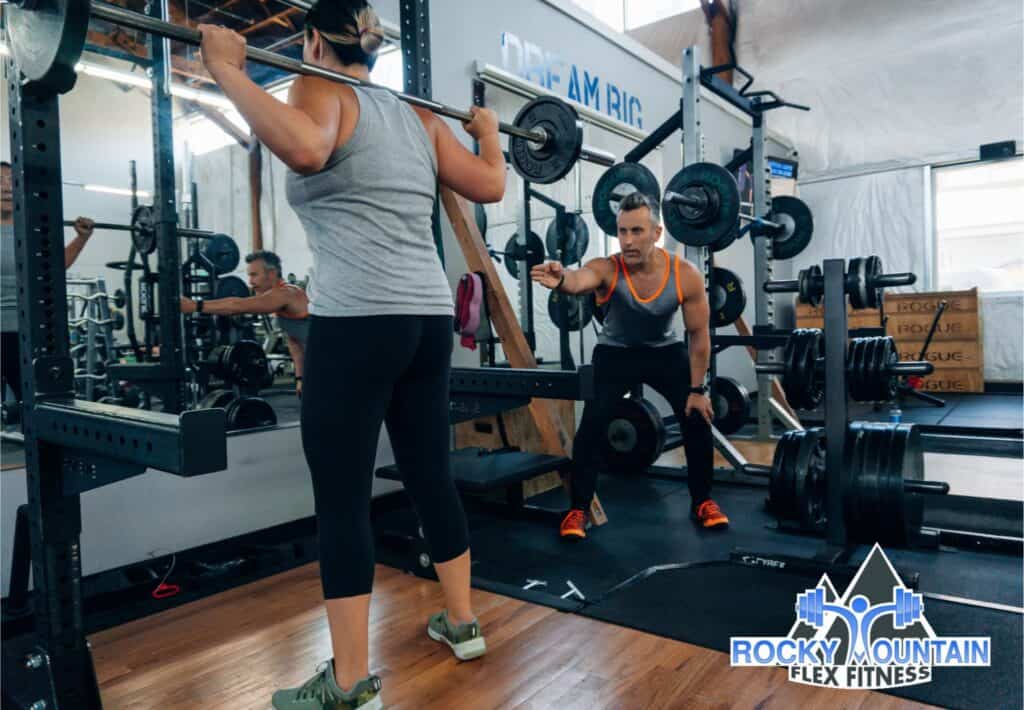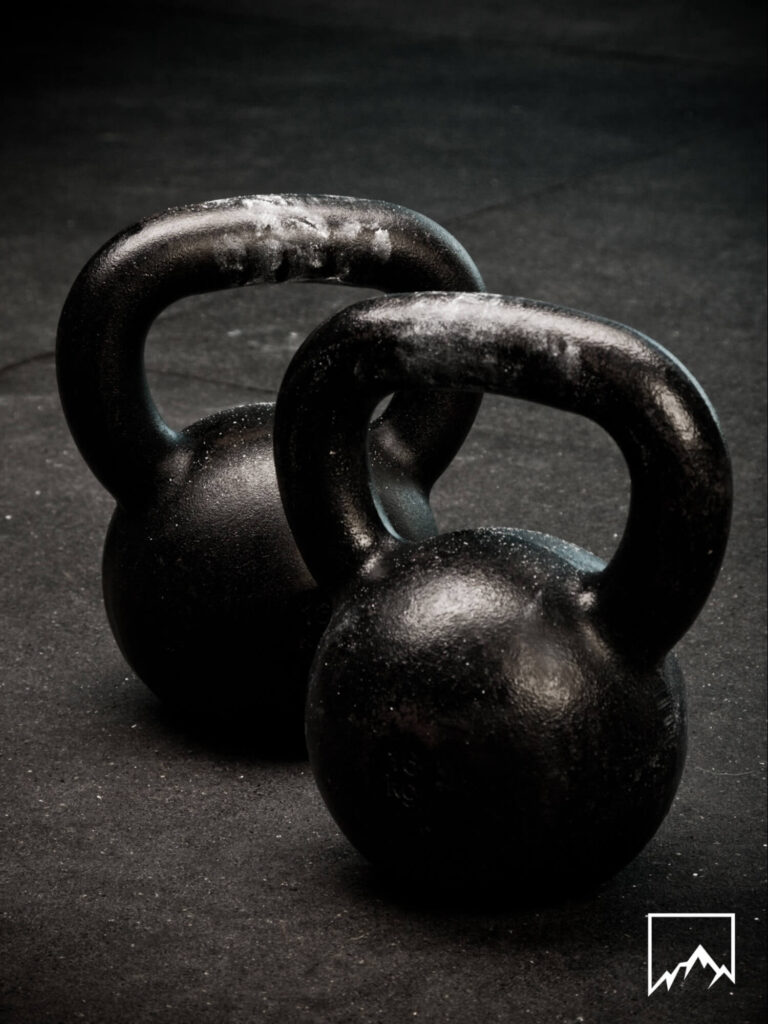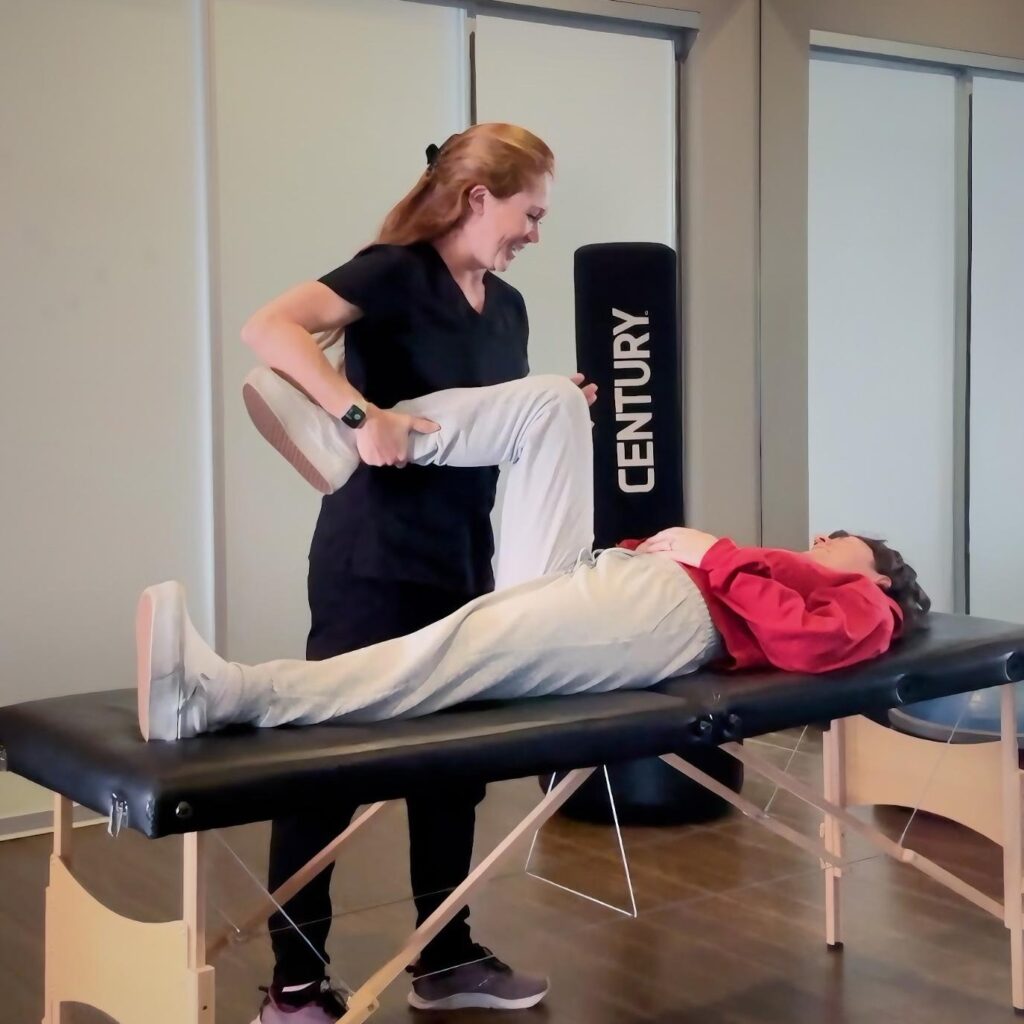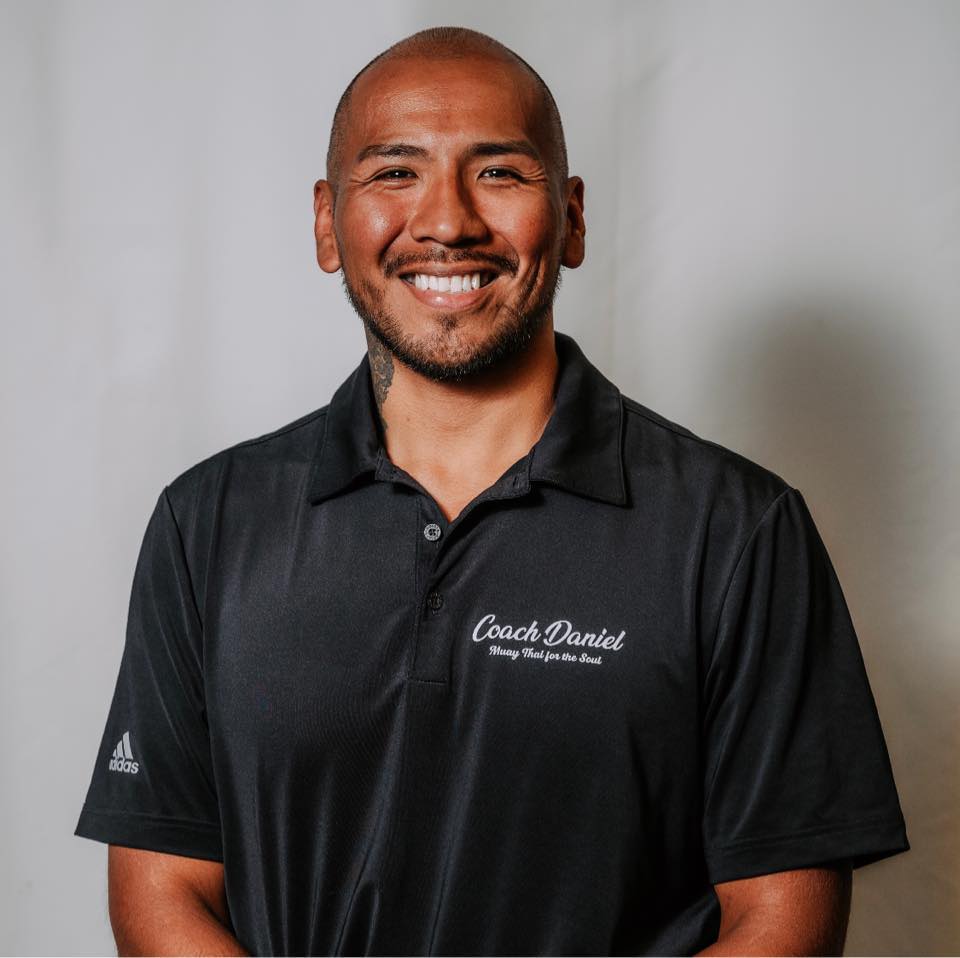In today’s fast-paced world, carving out time for the gym is a win. But once you’re there, how do you make every minute count? The question everyone asks is: What’s the best workout routine for me? At FlexFlow, I believe the answer lies in a personalized, evidence-based approach that adapts to your unique goals, whether it’s weight loss, muscle gain, endurance, or recovery. Let’s explore how to craft a workout plan that transforms your fitness journey.
Why a One-Size-Fits-All Workout Doesn’t Work
Guessing your way through workouts is a surefire way to stall progress. Randomly picking exercises, copying others, or following generic online plans often leads to plateaus, poor form, or injuries that derail your goals (NASM, 2020). Your body adapts to repetitive or mismatched exercises, reducing results and risking imbalances (NASM, 2023a). The solution? A structured plan that eliminates guesswork. At FlexFlow, we use principles like muscle confusion and progressive overload to keep your body challenged, incorporating varied exercises across different planes of motion and intensities to drive continuous improvement (NASM, 2023a).
If you’re experiencing sharp pain or recovering from an injury, guessing is especially risky. Consult a medical professional first. A physical therapist, like Ryan Smith, DPT, Owner of Savvy Physical Therapy at RMFLEX, can provide expert medical evaluations to address issues like muscle imbalances or joint restrictions. Once cleared, FlexFlow can then design tailored fitness plans to build on your therapy, ensuring safe, effective progress toward your goals.
Step 1: The Perfect Warm-Up for Your Goals
A dynamic warm-up is essential to boost blood flow, prepare muscles, and reduce injury risk (NASM, 2023b). Your warm-up should align with your goals and the workout ahead. Here’s how to tailor it:
- Weight Loss: Try walking backward on a treadmill to burn more calories and engage stabilizing muscles (NASM, 2023b).
- Cardiovascular Endurance: Start with a light jog or cycling to prep your heart and lungs.
- Muscle Building: Activate major muscle groups with bodyweight squats or lunges.
- Recovery or Rehabilitation: Use controlled movements to target specific muscles without strain.
- Fitness Enthusiast: Begin with plyometrics for power or mobility drills for flexibility.
Maximize efficiency with the FlexFlow Warm-Up Protocol, rooted in NASM’s Optimum Performance Training (OPT) model (NASM, 2023c):
- Inhibit: Release tight muscles using foam rolling (e.g., hip flexors) to prevent compensatory patterns.
- Lengthen: Dynamically stretch tight muscles for 30–45 seconds to improve flexibility.
- Activate: Engage opposing muscles (e.g., glutes for tight hip flexors) to restore balance. ● Integrate: Perform functional movements like squats with cable rows, paired with core exercises.
Step 2: The Main Workout—Tailored to Your Goals
Your energy peaks early in your workout, so prioritize exercises that match your primary goal (NASM, 2023a). Examples include:
- Cardiovascular Endurance: Start with long-distance running, cycling, or rowing.
- Weight Loss: Combine high-intensity interval training (HIIT) with strength exercises for maximum calorie burn.
- Muscle Building (Hypertrophy): Focus on compound lifts like squats or bench presses.
- Stability or Recovery: Use controlled, single-limb exercises for balance and joint stability.
- Power: Incorporate explosive moves like box jumps or medicine ball throws
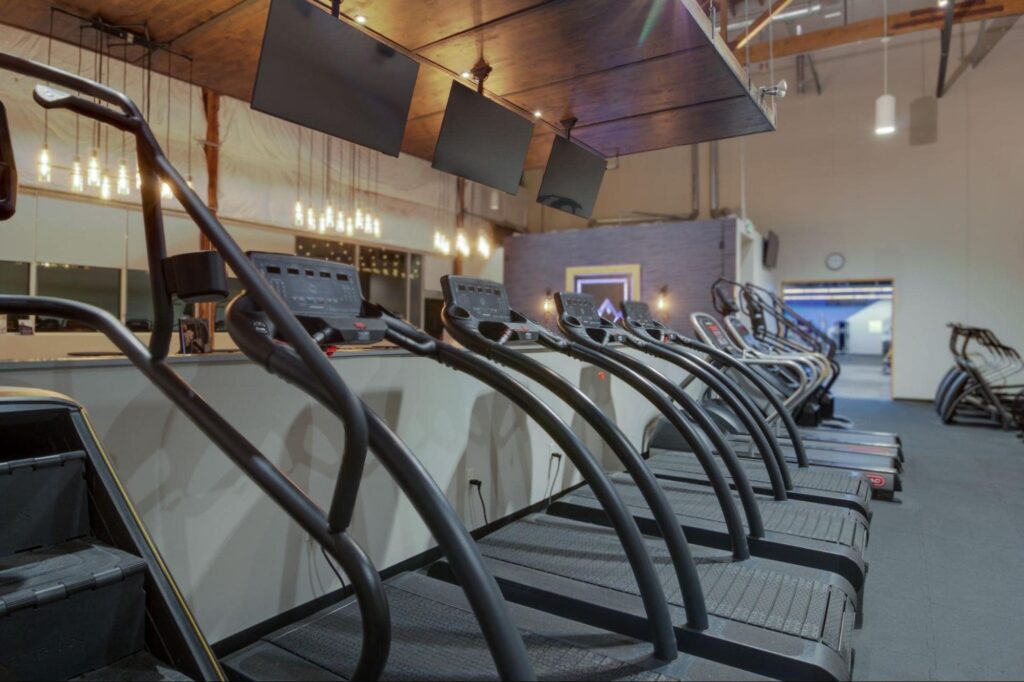
Strengthen Your Core: Your Foundation of Fitness
Your core powers every movement, from lifting weights to daily tasks. A strong core enhances posture, prevents injuries, and boosts performance (NASM, 2021). At FlexFlow, we go beyond sit-ups, using six evidence-based core training methods (NASM, 2022):
- Flexion: Crunches to build abs for everyday strength.
- Extension: Supermans to support spinal health.
- Stability: Bird dogs, dead bugs, farmer marches to maintain neutral posture.
- Rotation: Cable woodchops for dynamic, athletic movements.
- Brace: Planks to stabilize your spine during intense workouts.
- Anti-Rotation: Pallof presses to resist twisting and prevent injury.
Key factors for success:
- Volume: Balance sets and reps to avoid over- or undertraining.
- Range of Motion: Use full ranges for optimal muscle activation.
- Planes of Motion: Vary exercises (e.g., vertical pulldowns vs. horizontal rows).
- Isometrics: Include planks or wall sits for strength and endurance.
- Eccentric Focus: Slow the lowering phase of lifts for muscle growth.
- Training Frequency: Aim for 3–5 sessions weekly, based on goals.
- Rest Periods: Adjust rest (30–60 seconds for endurance, 1–2 minutes for strength).
- Periodization: Cycle phases (off-season, pre-season, in-season) for peak performance.
Lifestyle factors like sleep and nutrition are critical. A FlexFlow needs analysis assessment ensures your program fits your life.
A tailored core program ensures you move better and stay injury-free. FlexFlow designs plans that fit your goals and lifestyle. Want to unlock your core’s potential? Book a free consultation today!
Step 3: Recovery—Just as Important as the Workout
Recovery is where progress happens. Your body rebuilds stronger during rest (NASM, 2023d). Here are a few ways on how to recover effectively:
- Static Stretching: Hold stretches for 15–30 seconds to boost flexibility.
- Foam Rolling: Target tight areas to release knots and improve circulation. Diameter, Density, Material all make a difference on the intensity and results.
- Mindful Cool-Down: Use deep breathing or light mobility to reset.
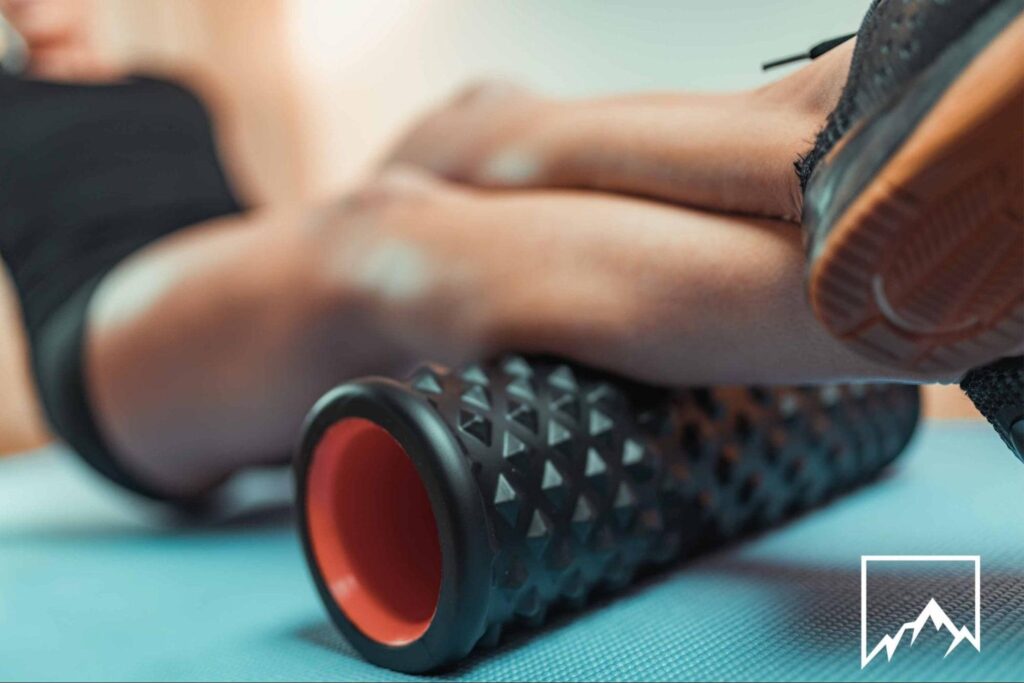
Why Choose FlexFlow?
At FlexFlow, I eliminate guesswork. As a certified corrective exercise specialist, I create personalized programs tailored to your goals, lifestyle, and physical needs. No more plateaus or injuries from improper workouts. Whether you’re overcoming a plateau, recovering from an injury, or starting fresh, FlexFlow’s holistic approach ensures safe, sustainable progress. My plans combine techniques like the FlexFlow Warm-Up Protocol with expert coaching to keep you motivated and injury-free.
Ready to transform your fitness? Don’t wait to feel stronger, healthier, and more confident. Book your free consultation with FlexFlow today and discover the workout routine that’s perfect for you! https://www.flexflowbylukerowe.com/questionnaire
AUTHOR
Luke Rowe
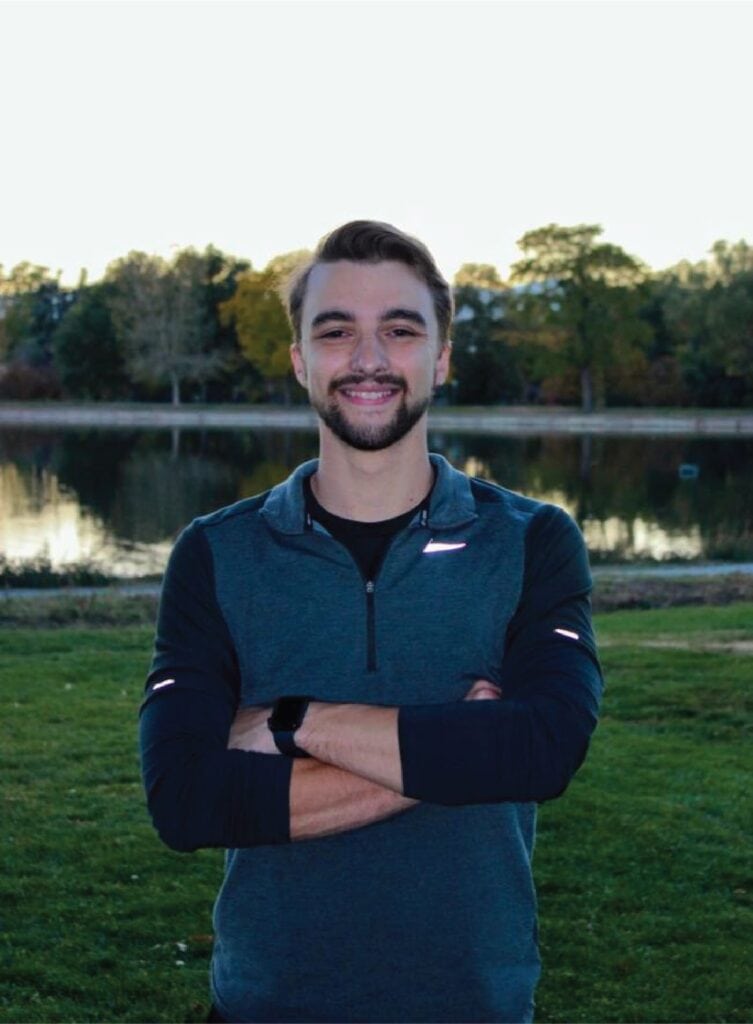
Luke Rowe is a personal trainer at Rocky Mountain Flex in Denver and the founder of FlexFlow, a results-driven training approach that blends strength training, precision nutrition, and corrective movement. He holds a B.S. in Health Science from Florida Gulf Coast University and certifications from the National Academy of Sports Medicine (NASM) as a Certified Personal Trainer, Sports Nutrition Coach, and Corrective Exercise Specialist.
A lifelong athlete, Luke’s journey began with sports like wrestling, football, and baseball. A major shoulder injury shifted his path and revealed the power of structured fitness to heal, rebuild, and transform. Today, he helps clients achieve sustainable results through customized programs built on expert assessment and long-term strategy.
Luke’s holistic methodology is designed to improve strength, mobility, and resilience—while addressing pain, muscle imbalances, and performance goals. With an emphasis on education and accountability, he empowers individuals to overcome obstacles and reach their full potential in and out of the gym.
References
National Academy of Sports Medicine. (2020). The importance of program design in preventing plateaus. National Academy of Sports Medicine. https://www.nasm.org/resources/program-design
National Academy of Sports Medicine. (2021). Core training: Why it matters for every client. National Academy of Sports Medicine. https://www.nasm.org/resources/core-training
National Academy of Sports Medicine. (2022). Anti-rotational exercises for core stability. National Academy of Sports Medicine. https://www.nasm.org/resources/anti-rotational-exercises
National Academy of Sports Medicine. (2023a). Progressive overload: The key to continuous improvement. National Academy of Sports Medicine.
https://www.nasm.org/resources/progressive-overload
National Academy of Sports Medicine. (2023b). Dynamic warm-ups for performance and injury prevention. National Academy of Sports Medicine.
https://www.nasm.org/resources/dynamic-warm-ups
National Academy of Sports Medicine. (2023c). The OPT model: A framework for fitness success. National Academy of Sports Medicine. https://www.nasm.org/resources/opt-model
National Academy of Sports Medicine. (2023d). Recovery strategies for optimal performance. National Academy of Sports Medicine. https://www.nasm.org/resources/recovery-strategies



